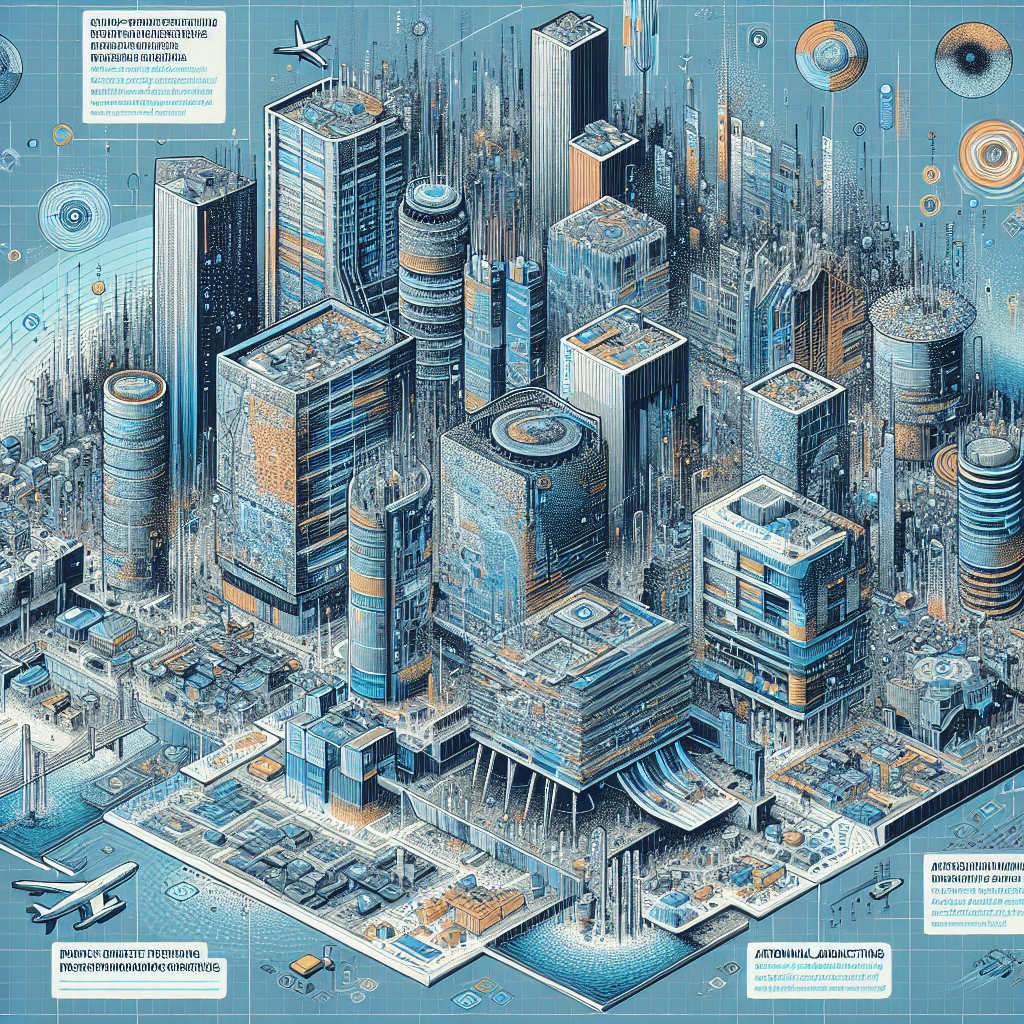The Role of AI in Disaster-Resilient Architecture
Introduction
Disasters, both natural and man-made, have the potential to cause widespread destruction to infrastructure and human lives. In recent years, the frequency and intensity of disasters have been on the rise, making it more important than ever to create resilient buildings and infrastructure that can withstand such events. Artificial intelligence (AI) is playing an increasingly important role in disaster-resilient architecture, helping to design and construct buildings that are able to withstand the forces of nature and protect those inside.
AI in Disaster-Resilient Architecture
AI technology has the ability to analyze vast amounts of data and simulate different disaster scenarios to predict how buildings will respond under various conditions. This allows architects and engineers to design buildings that are more resilient to disasters such as earthquakes, hurricanes, and floods. AI can also assist in the construction process by optimizing materials and structural designs to enhance a building’s resilience.
One of the key ways AI is being used in disaster-resilient architecture is through the use of predictive modeling. By inputting data on the local environment, building materials, and structural design, AI algorithms can predict how a building will respond to different disaster scenarios. This allows architects and engineers to make informed decisions about how to design and construct buildings that will be able to withstand the forces of nature.
AI can also be used to monitor buildings in real-time during a disaster, providing valuable data on how the building is performing and whether any areas are at risk of failure. This information can help emergency responders make informed decisions about how to evacuate the building and protect those inside.
Another way AI is being used in disaster-resilient architecture is through the use of generative design. This technology uses AI algorithms to explore a wide range of design options and identify the most efficient and resilient solutions. By optimizing building designs in this way, architects and engineers can create buildings that are better able to withstand disasters.
AI can also be used to optimize the use of materials in construction, reducing waste and making buildings more sustainable. By analyzing data on the properties of different materials and how they respond to different forces, AI algorithms can recommend the most suitable materials for a building’s construction, making it more resilient to disasters.
FAQs
Q: How can AI help in designing disaster-resilient buildings?
A: AI can help in designing disaster-resilient buildings by analyzing data on the local environment, building materials, and structural design to predict how a building will respond to different disaster scenarios. This allows architects and engineers to make informed decisions about how to design and construct buildings that will be able to withstand the forces of nature.
Q: How can AI assist in the construction process?
A: AI can assist in the construction process by optimizing materials and structural designs to enhance a building’s resilience. By analyzing data on the properties of different materials and how they respond to different forces, AI algorithms can recommend the most suitable materials for a building’s construction, making it more resilient to disasters.
Q: How can AI monitor buildings in real-time during a disaster?
A: AI can monitor buildings in real-time during a disaster by providing valuable data on how the building is performing and whether any areas are at risk of failure. This information can help emergency responders make informed decisions about how to evacuate the building and protect those inside.
Q: How can AI help in optimizing the use of materials in construction?
A: AI can help in optimizing the use of materials in construction by analyzing data on the properties of different materials and how they respond to different forces. AI algorithms can recommend the most suitable materials for a building’s construction, making it more resilient to disasters and reducing waste.
Conclusion
AI technology is playing an increasingly important role in disaster-resilient architecture, helping to design and construct buildings that are able to withstand the forces of nature and protect those inside. By analyzing data, simulating different disaster scenarios, and optimizing designs, AI can help create buildings that are more resilient to disasters such as earthquakes, hurricanes, and floods. As the frequency and intensity of disasters continue to rise, the role of AI in disaster-resilient architecture will only become more important in creating a safer and more sustainable built environment.

